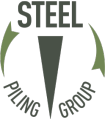There is still a common misconception that pile driving involves large hammers hitting steel into the ground and is very noisy. Whilst impact driving is still used much work has been done to reduce the impact on the local environment. Other installation methods have also been developed which eliminate impact noise and increase driving speed. A comprehensive guide to sheet pile installation has been produced by ArcelorMittal and can be downloaded here but in summary there are three main driving systems that are applicable to both retaining and bearing piles:
- impact driving
- vibrodriving
- pressing
Impact driving
The most common form of impact driving is the drop hammer, which uses a falling weight to create the impact, spread to the top of the pile by a driving cap. The most common form of drop hammer in current use is the hydraulic hammer. Historically, air hammers and diesel hammers were used, which utilise an explosive force to drive the hammer, however, as the newer hydraulic hammers operate at significantly higher efficiencies and are far less noisy than older diesel hammers, the latter are now less frequently used.
Vibrodriving
An oscillating driver is clamped to the top of the pile, to induce vibrations in the pile and reduce friction along the sides of the pile, thus allowing the pile to be inserted into the ground with little extra application of force.
Pressing (Jacking)
Pressing methods operate by jacking the piles into the ground, using the adjacent piles for reaction. This is a low noise and low vibration method, which makes it good for sensitive sites. There are two generic types of pressing rig, the ‘Japanese’ rigs, such as those by Giken and Tosa, and panel driving rigs. Units have also been developed to adapt leader rigs to use pressing methods.
The Japanese method uses a rig which progresses along the line of piles without needing to be lifted onto each pile individually by crane, which means that access requirements are reduced. The machines are often specific to a particular generic section size, therefore it is important to match pile section to driving method.
The panel driving/pressing rigs are suited mainly to installation in heavy clays and require a crane to move the rams from pile to pile. With older multi-ram presses it was also necessary to bolt plates to each pile, however recent advances have eliminated this requirement.
Driving assistance methods
Driving assistance methods can significantly improve the constructability of a sheet pile wall. Jetting and pre-auguring are the main methods.
Jetting involves delivering a water jet to the soil at the toe of the sheet pile, reducing friction.
Pre-auguring refers to the use of a continuous flight auger to penetrate the ground along the pile line in advance of the sheet pile installation. Soil should only be loosened along the line and not removed when using this technique.
Both methods change the in situ soil properties around the sheet piles and the impact of their use needs to be considered during design. In particular, the definitions of unfavourable ground for determination of βD and βB consider different driving assistance methods as they influence the skin friction and interlock friction of the installed sheet piles. The acceptability of these methods for other reasons, including ground movement and creation of flow paths for contamination will also need to be taken into account.
Selection of method
Some ground conditions, particularly layered ground where granular deposits overlie clay deposits (or vice versa) may be best dealt with by a combination of methods. Some specialist plant is available which may provide more than one method, though generally different rigs will be required.
Sheet pile installation methods
There are two basic driving methods for sheet pile installation, ‘pitch and drive’ and ‘panel driving’.
Pitch and drive
The pitch and drive method installs the piles one by one. This can lead to forward lean and out of tolerance piling, unless verticality is strictly controlled. Better control of this is available with more modern equipment. Rotation of the pile about its vertical axis is also a risk, as it is supported on only one interlock during driving.
Pitch and drive methods are best suited to short piles, and is the only method possible with the ‘Japanese’ silent pressing drive method. Piles partially installed using pitch and drive methods, other than ‘Japanese’ silent pressing, can generally be completed using panel driving if required.
Panel driving
With panel driving, it is much easier to control verticality, as a number of piles are threaded together before driving. The panel of piles is supported in a guide frame and then driven sequentially in stages. The method can achieve installations of longer piles in more difficult ground than the pitch and drive method. Recent developments in multi-ram presses have improved the availability of panel driving by the pressing method.
Bearing pile installation methods
The installation of bearing piles is a specialist activity, calling for considerable knowledge and experience of handling piles and operating hammers to achieve an acceptable placement within specified tolerances of position and level.
Guidance on the practical limits that can be achieved in position and level for driven steel piles is available from the FPS (Federation of Piling Specialists) and in the TESPA (Technical European Sheet Piling Association) publication Installation of steel sheet. Guidance is also included at the back of the ICE Specification for piling and embedded retaining walls.
The designer should refer to these documents before carrying out a design, because the advice given will often affect the details at connections to the pile cap in the structure.
There is much to gain from matching the stiffness of the pile to the hammer and to the anticipated soil resistance at the site to achieve satisfactory driveability and to ensure achievement of the required design penetration.
The same installation methods as for sheet piles described above can be used for bearing piles.
Read about Steel Pile Installation Tolerances
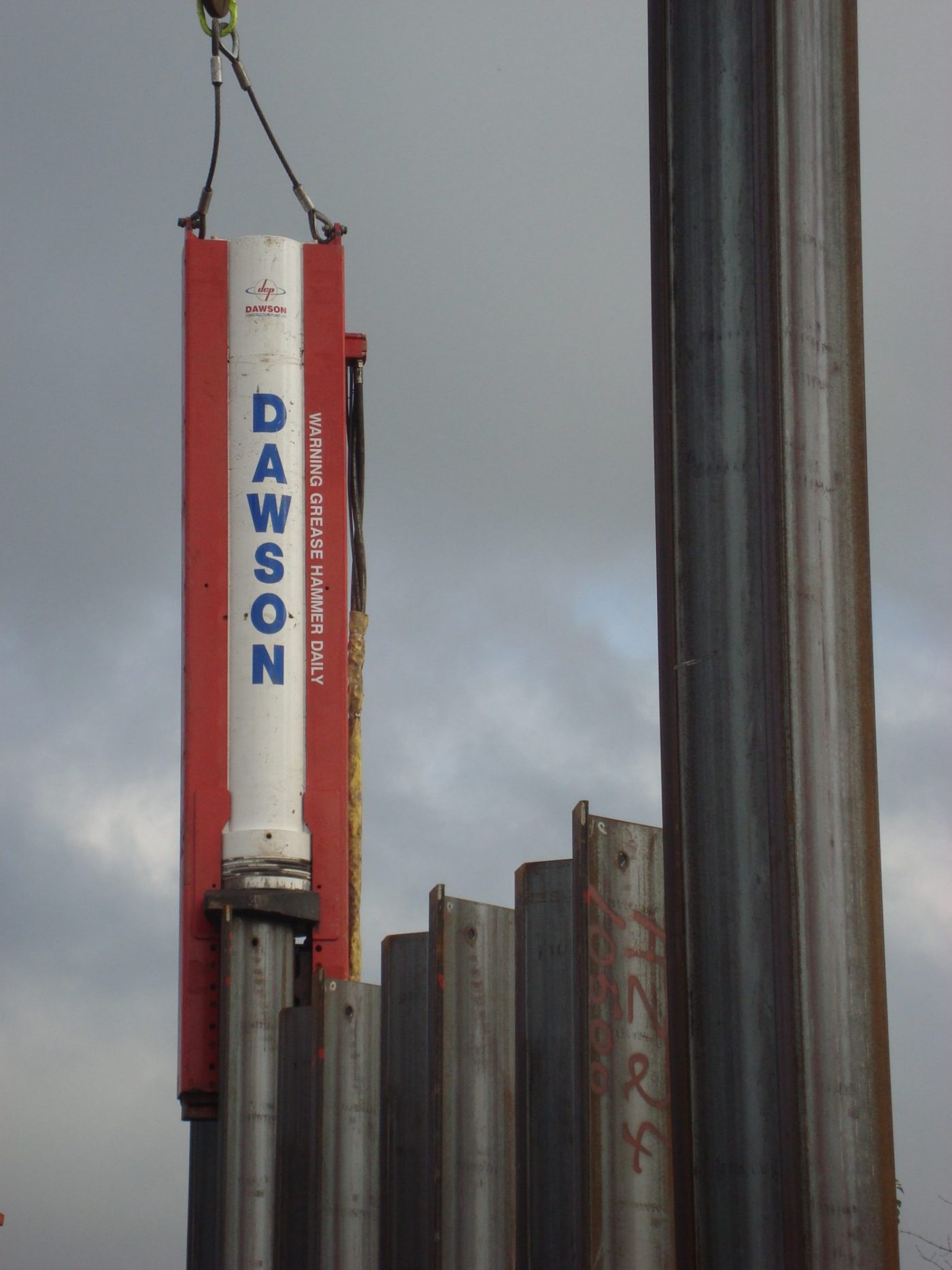

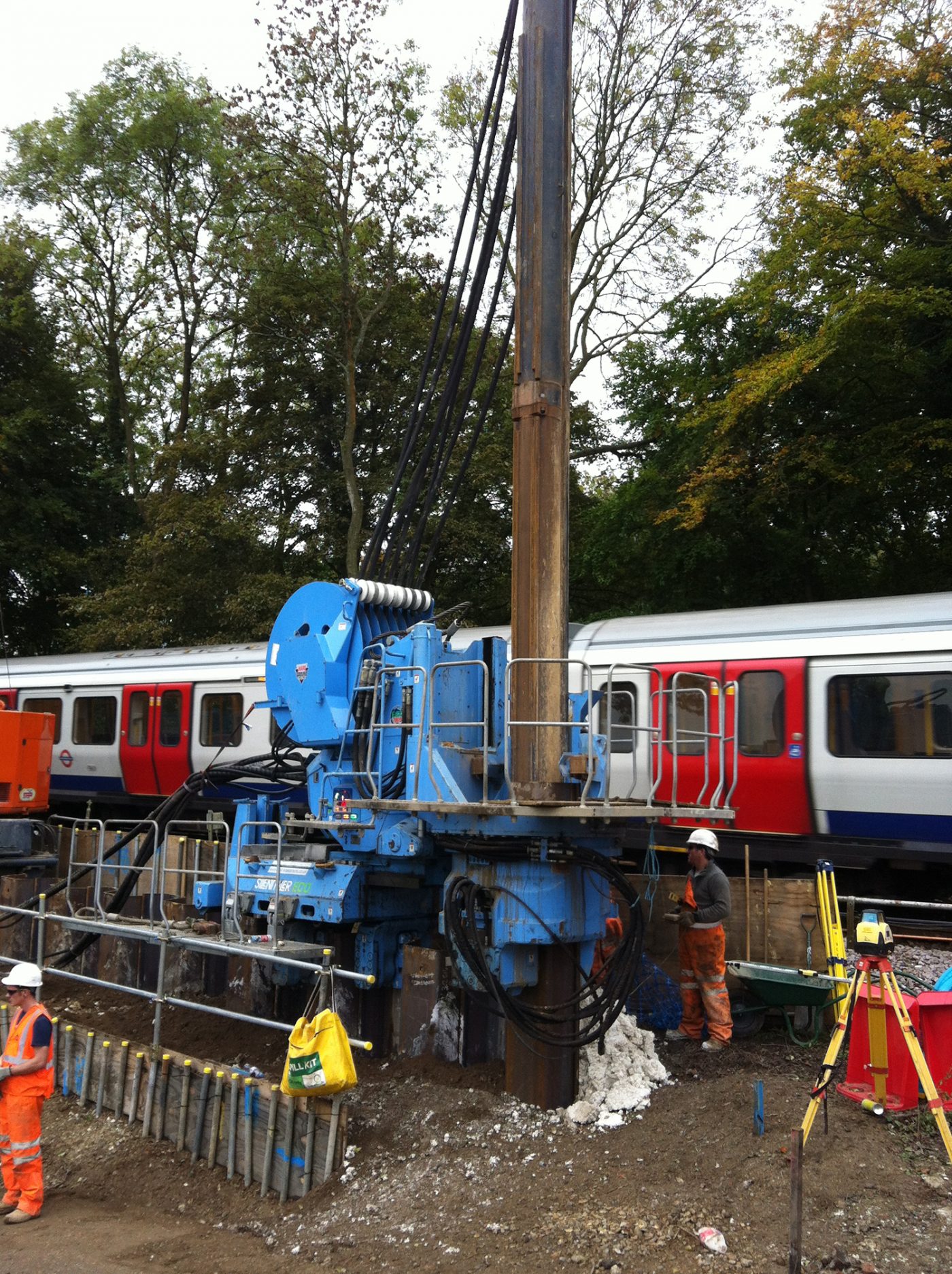
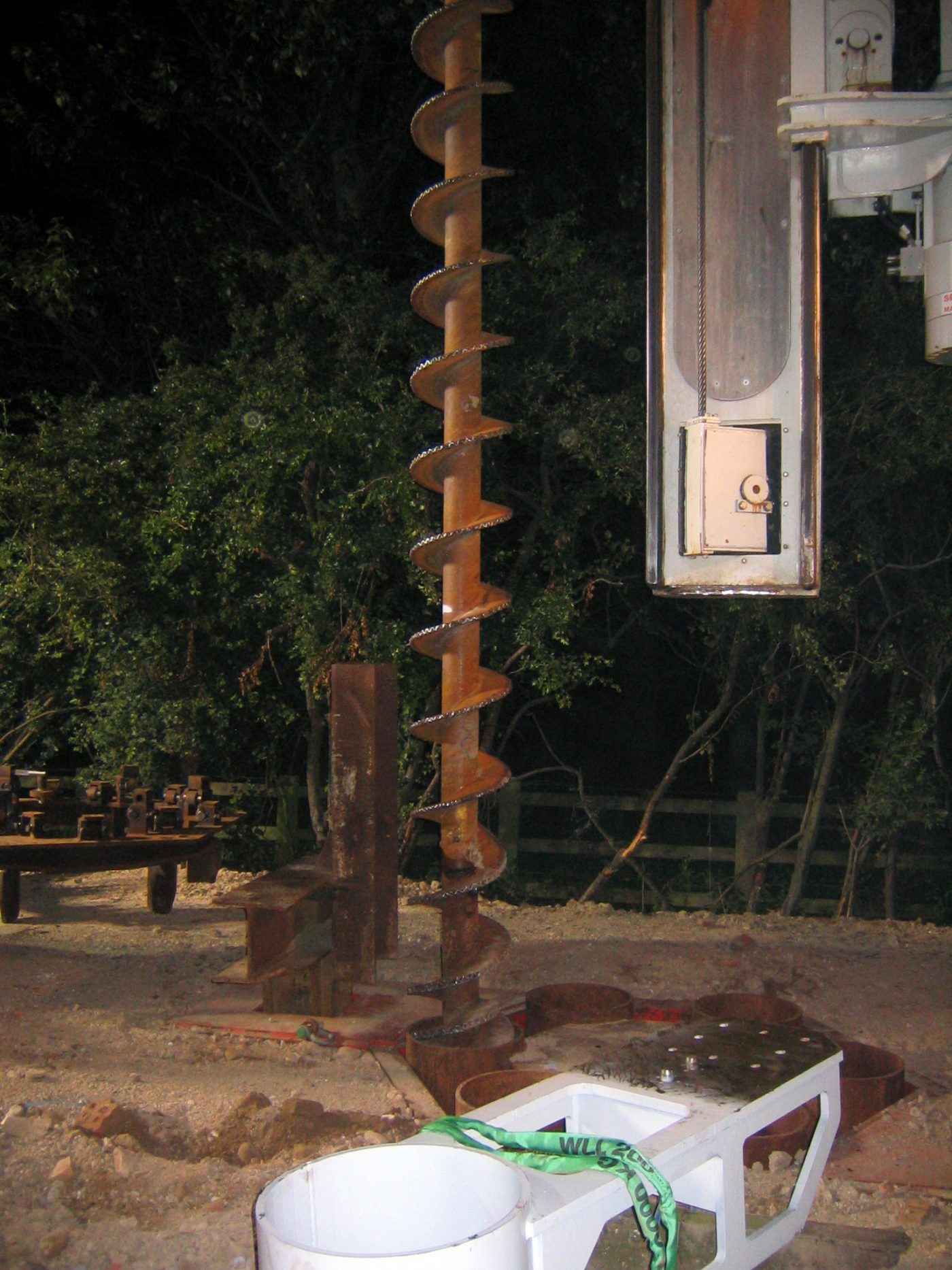
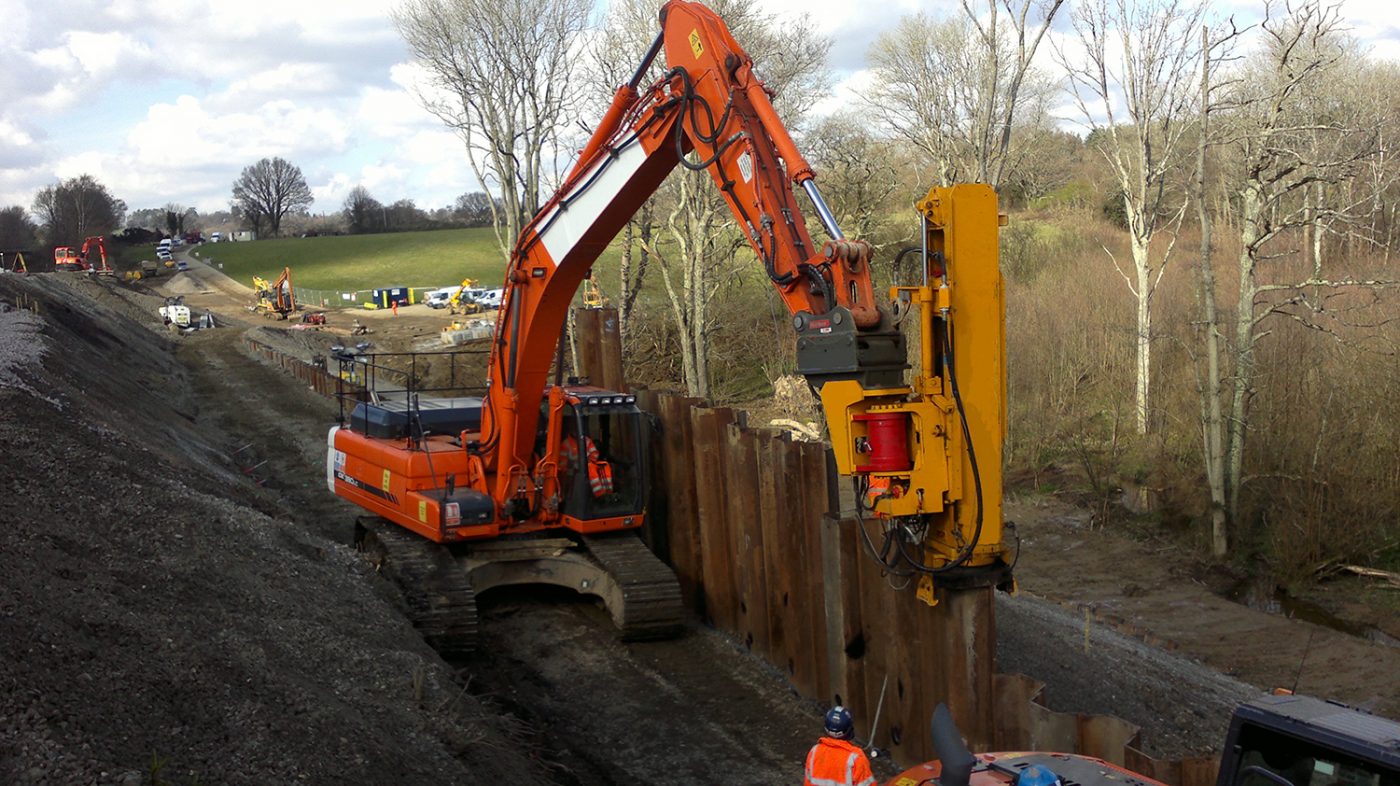
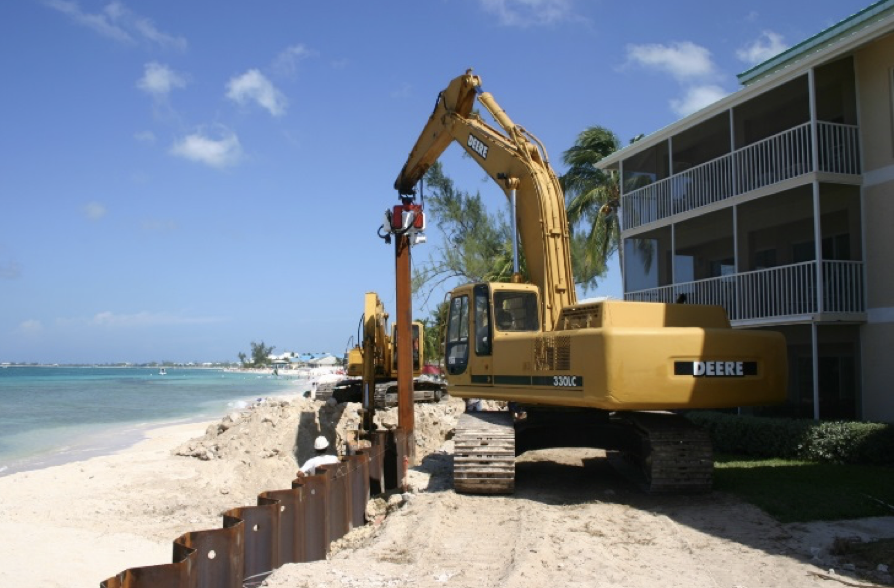
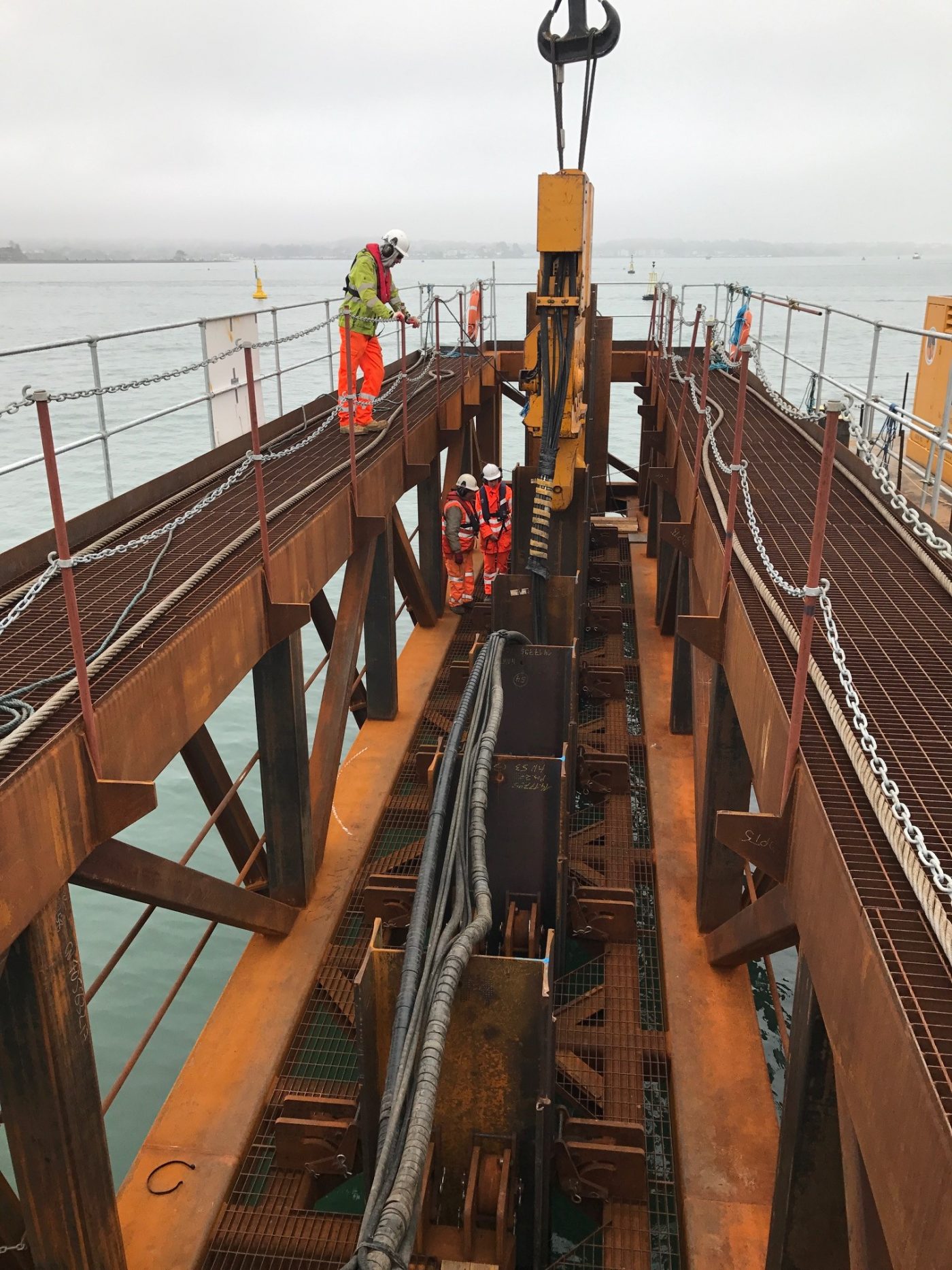
Case Studies
A selection of our work
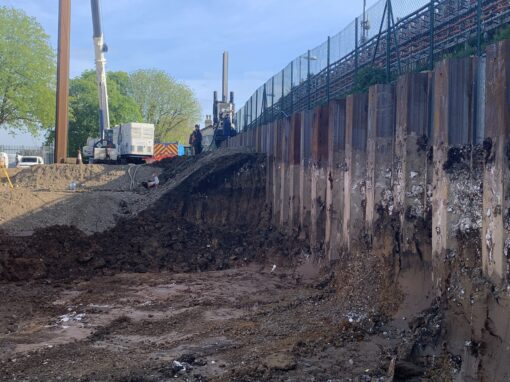
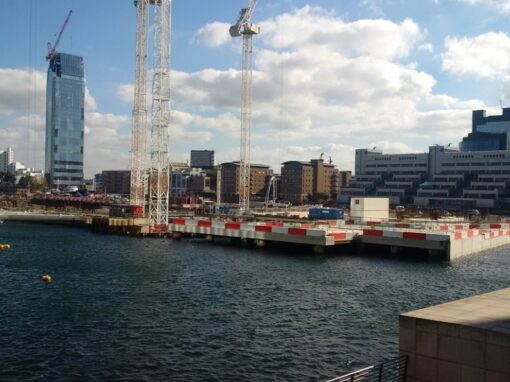
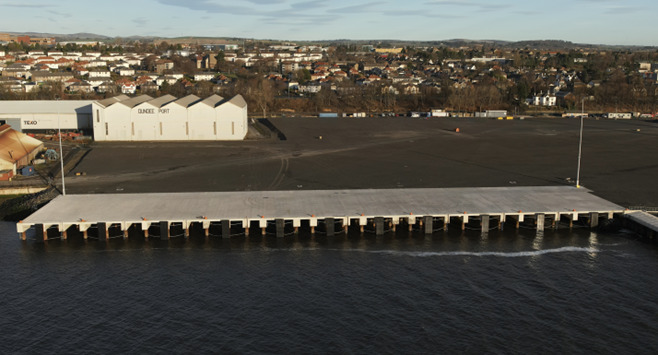
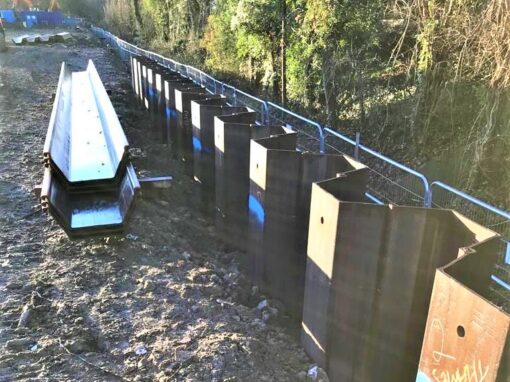
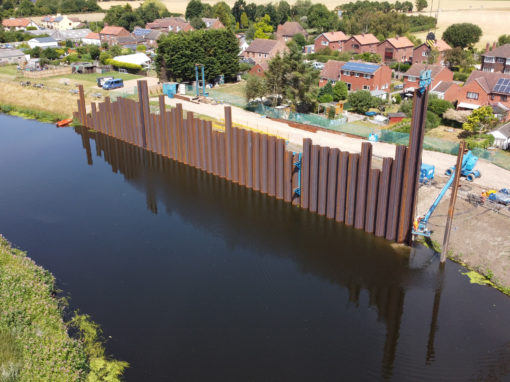
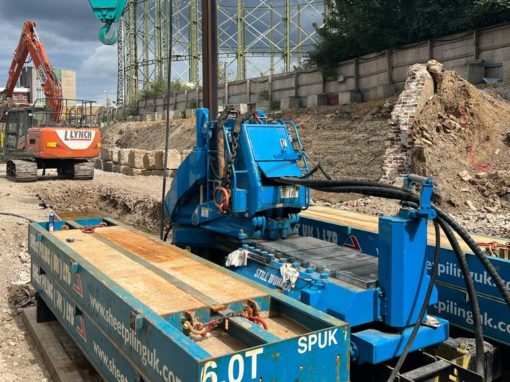
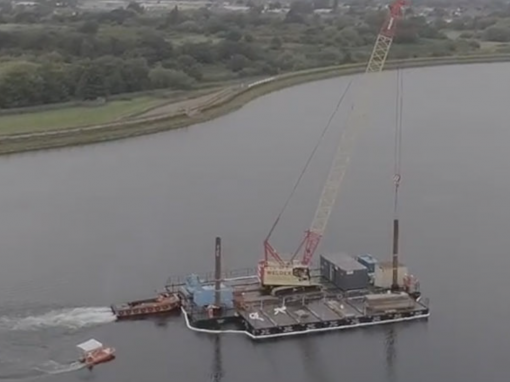
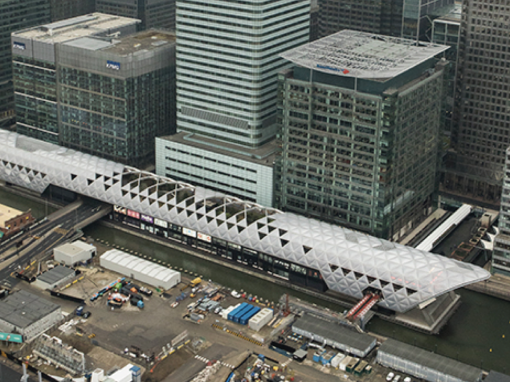
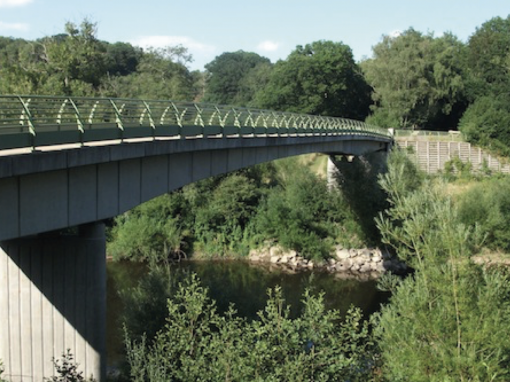
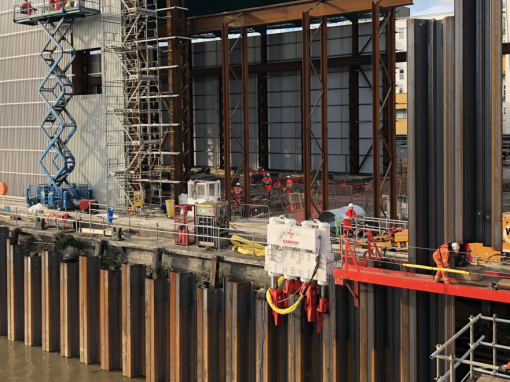
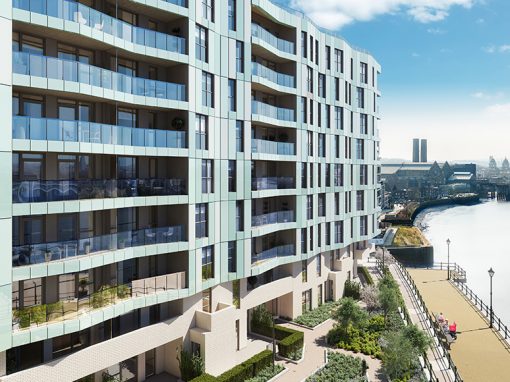
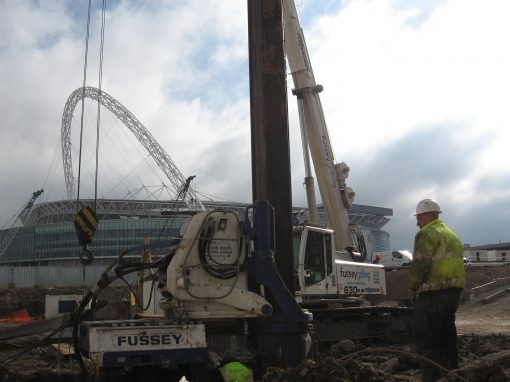
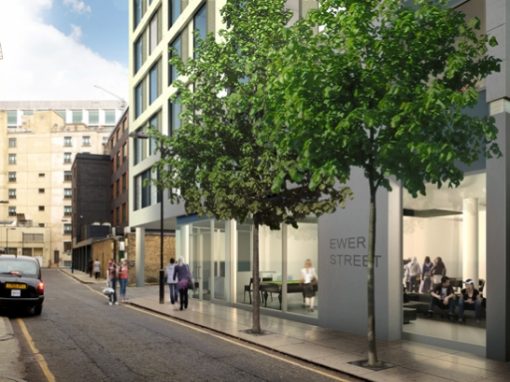
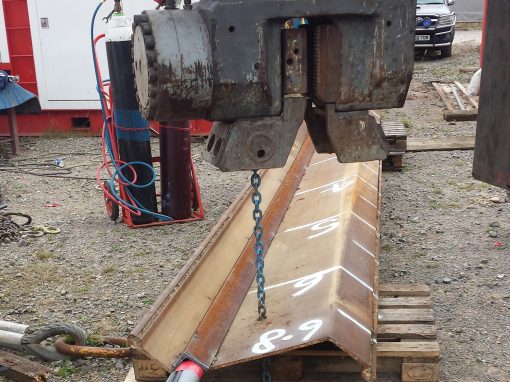
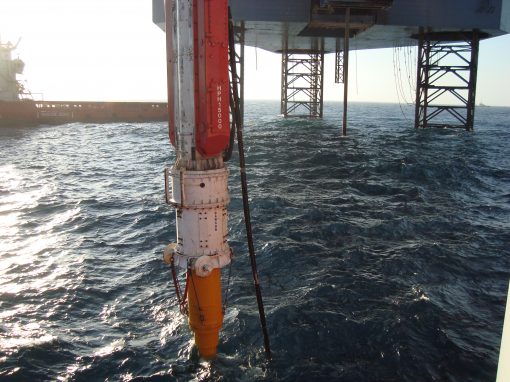
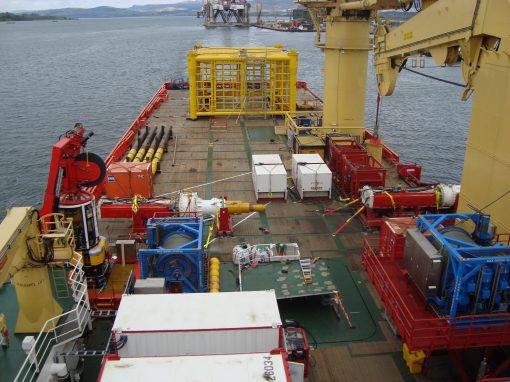
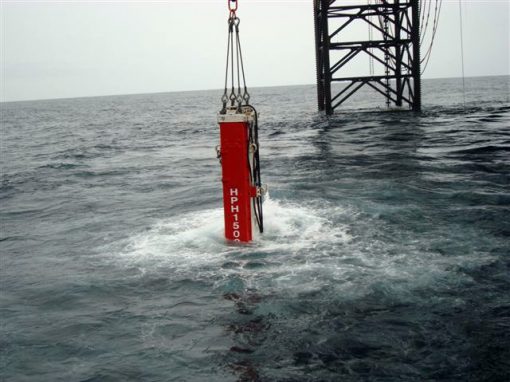
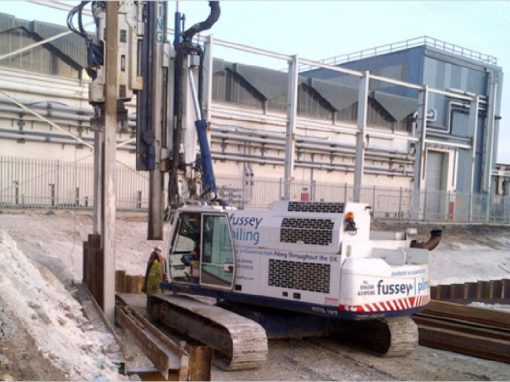
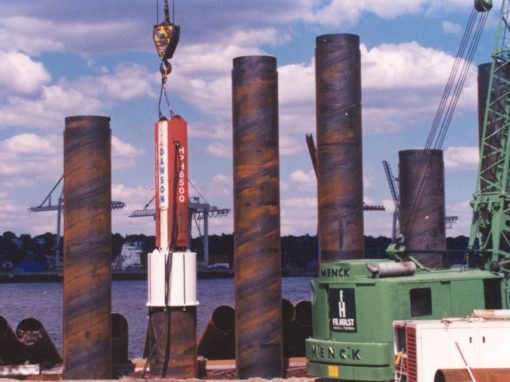
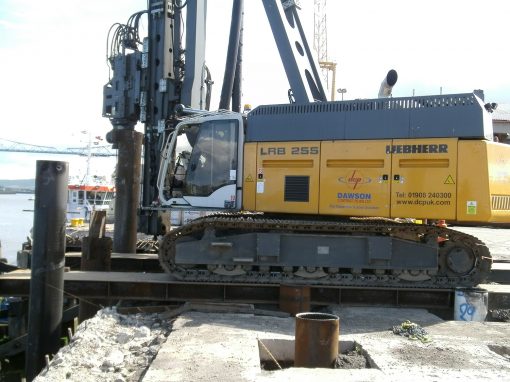
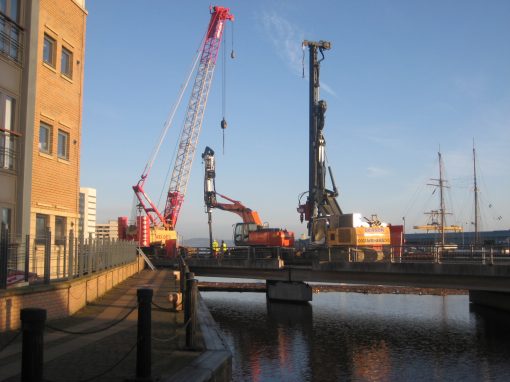
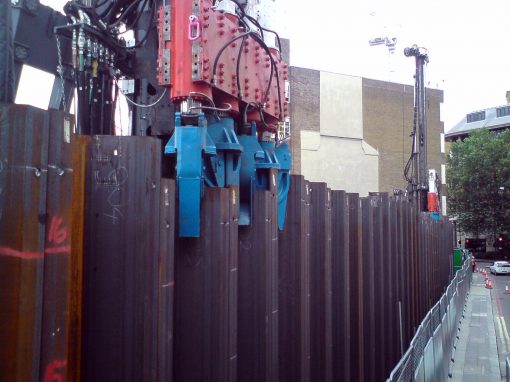
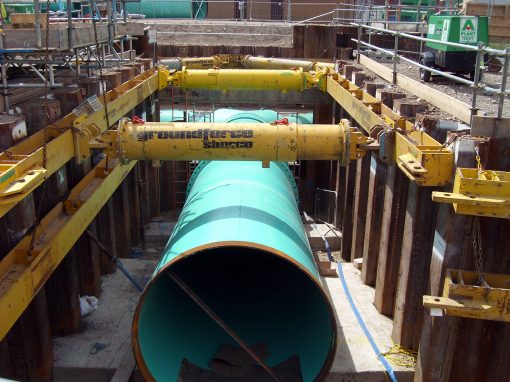
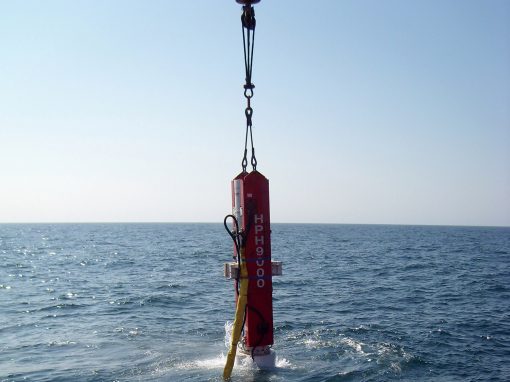
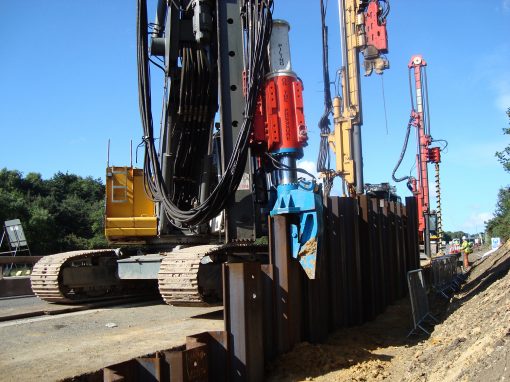
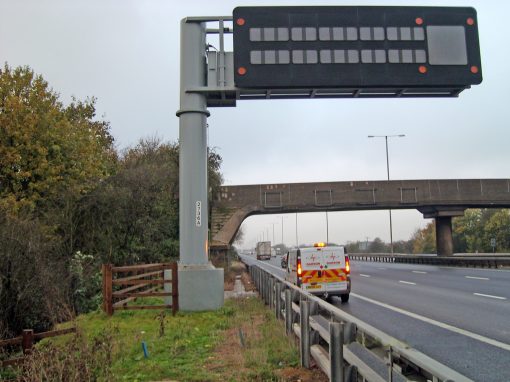
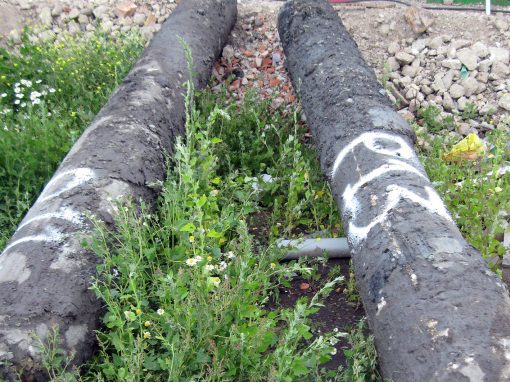
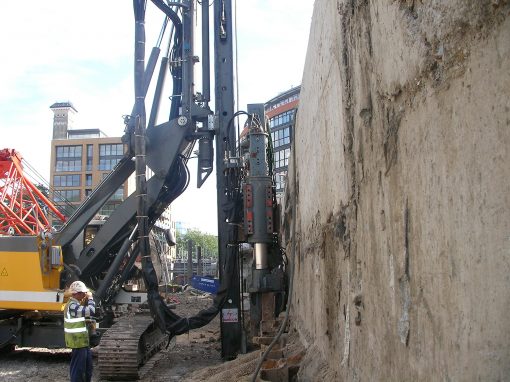
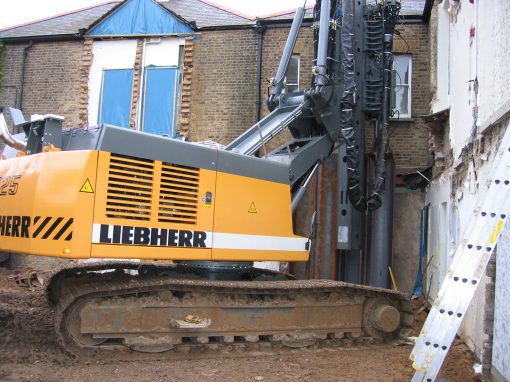
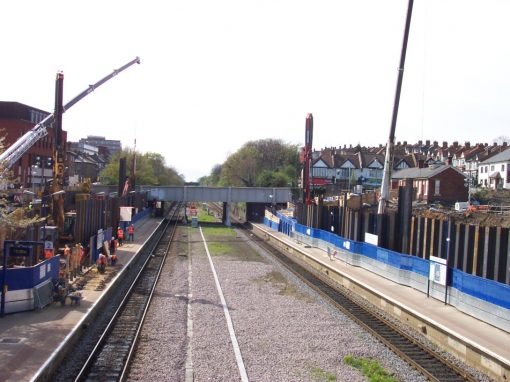
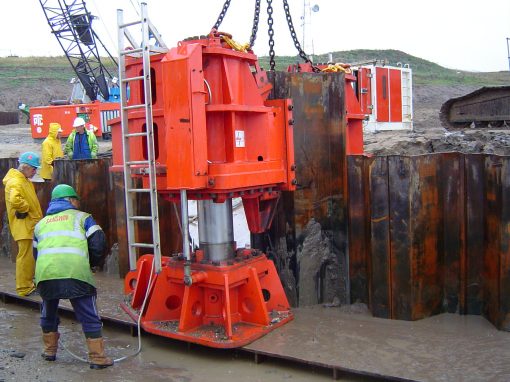
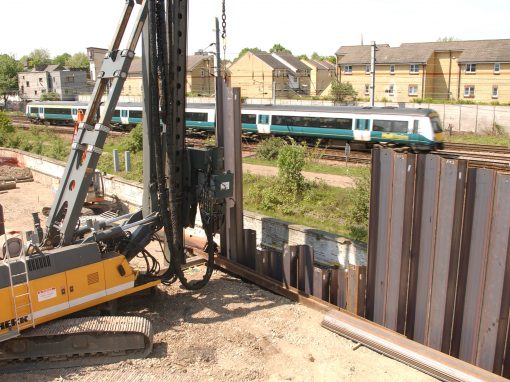
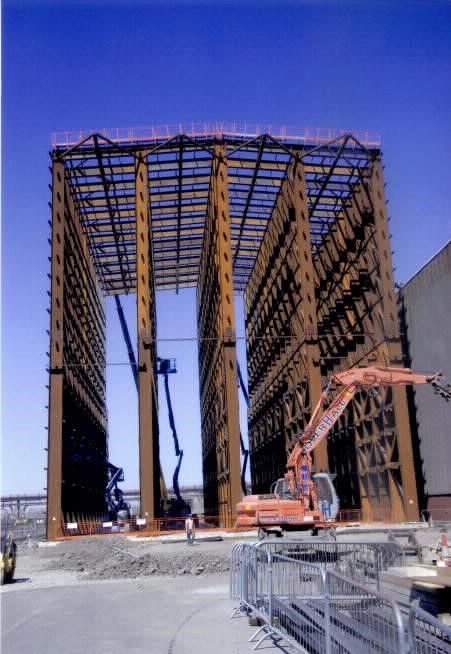
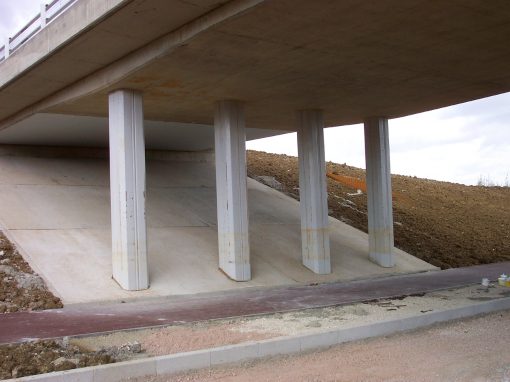
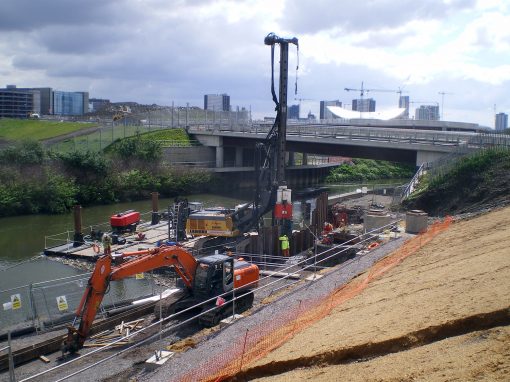
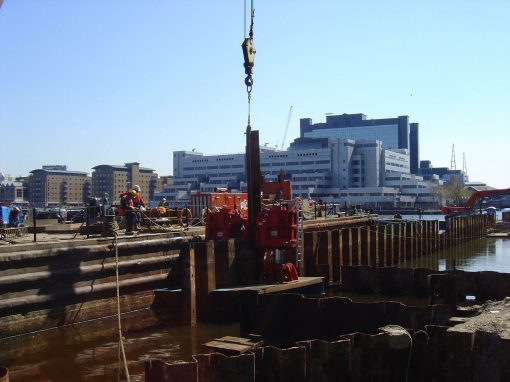
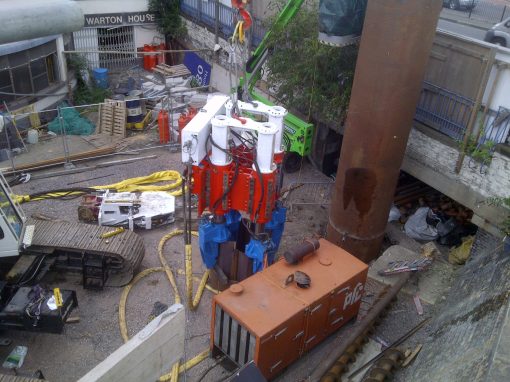
Steel Piling Group, C/O SCI, Silwood Park, Unit D, Buckhurst Road, Ascot ,Berkshire. SL5 7QN
E: info@steelpilinggroup.org

© Copyright 2018 Steel Piling Group
Terms & Conditions | Privacy Policy
